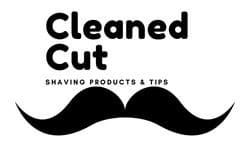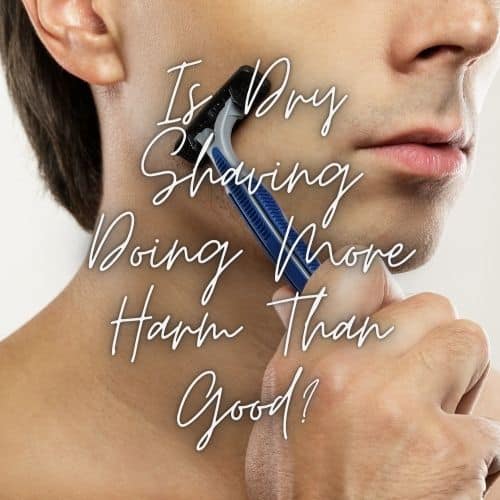Dry shaving is a popular method of shaving, but there is still a lot of debate about its effectiveness and safety. Is dry shaving bad for your skin? Is it bad for your razor? In this article, we’ll dive into the topic of dry shaving and whether or not dry shaving is bad.
What is dry shaving?
Dry shaving is a method of shaving where you use a razor on your skin without any lather or cream. Generally, shaving creams and soaps are used to reduce friction and protect your skin from irritation. However, dry shaving is popular among men who want a quick and easy shave without the hassle of using shaving cream.
The advantage of dry shaving is that it is fast and convenient: you don’t have to lather up and wait for the cream to soften your hair. But is dry shaving safe?
To answer this question, let’s first look at the risks associated with dry shaving.
Risks associated with dry shaving
The biggest risk associated with dry shaving is skin irritation, more specifically a rash from dry shaving. When you shave without lather or cream, you are scraping your skin with a razor, which can cause irritation and redness.
Another obvious risk is nicks and cuts. When you dry shave, your razor can easily catch on your skin, resulting in small cuts and nicks. These cuts can be painful and can even cause scarring or infection.
Dry shaving can also lead to ingrown hairs. When you shave without lather or cream, the razor can pull on the hair and cause it to not cut cleanly, causing it to curl back into the skin, resulting in ingrown hair.
Common dry shaving mistakes
There are a few common mistakes people make when dry shaving.
One common mistake is using an old razor. An old razor is likely dull and full of contaminants that can cause damage to your skin. It is important to use a sharp, clean razor when dry shaving.
Another mistake might be applying too much pressure. When your dry shaving, it is important to use light, gentle strokes. Applying too much pressure can lead to irritation and cuts.
Improper shaving technique while dry shaving can be a recipe for disaster. If you must shave dry, always shave with the grain of the hair, and not against it. Shaving against the grain will cause the razor to tug against the hairs, cut them unevenly, and can cause irritation and ingrown hairs.
Alternatives to dry shaving
There are a few other options rather than shaving dry and damaging your skin.
Wet shaving: Wet shaving involves using shaving cream or gel to lubricate the skin and provide a protective layer between the razor and the skin. I highly recommend using a double-edged safety razor for this method. Check out my favorite DE razor and my review of it: Muhle R89.
Electric shaving: Electric shaving is a wet or dry shaving method that uses an electric razor to cut hair. Electric shaving is less irritating to the skin than dry shaving, but it can take longer and can be more expensive. If you like this option, I highly recommend the Andis Profoil dry electric shaver (link to my review).
Depilatory cream: Depilatory creams are topical creams that dissolve the hair, making it easier to remove. Depilatory creams are easy to use and are less irritating than dry shaving. For this one, I recommend Magic Shave Powder.
Is dry shaving bad for your skin?
The answer to this question depends on your skin type. For some people, dry shaving can be too irritating and can lead to redness and irritation. For others, dry shaving can be a fast and convenient way to get a close shave.
If you have sensitive skin, it is best to avoid dry shaving. But if you don’t have sensitive skin, you can give it a try. Just be sure to use a sharp, clean razor and light, gentle strokes.
Is dry shaving bad for your razor?
Dry shaving can be bad for your razor. Without lubrication, the razor drags against your skin and hair, causing more friction on the blade. This can result in a dull razor that is less effective and more likely to cause nicks and cuts.
Closing Thoughts
Overall, dry shaving can be safe and effective if done correctly. However, if you have sensitive skin, it is best to avoid dry shaving and opt for a wet shave instead. With a wet shave, you can use a shaving cream or gel to protect your skin and reduce irritation. Another option would be an electric shaver. No matter what type of skin you have, it is important to use a sharp, clean razor and light, gentle strokes.



